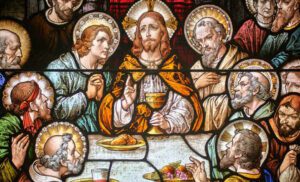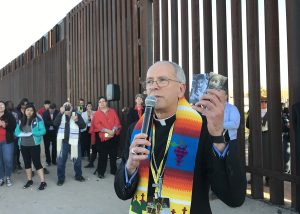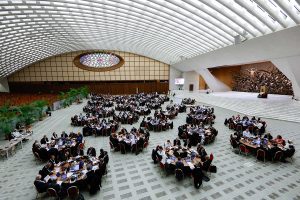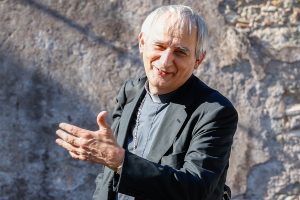WASHINGTON (OSV News) – The Supreme Court heard oral arguments March 26 in a case concerning mifepristone, a pill commonly used for abortion. It is the first major case involving abortion on its docket since the high court overturned its previous abortion precedent in 2022.
A coalition of pro-life opponents of mifepristone, which is the first of two drugs used in a medication or chemical abortion, filed suit over loosened restrictions on the drug by the Food and Drug Administration, which included making it available by mail, arguing the government violated its own safety standards in doing so.
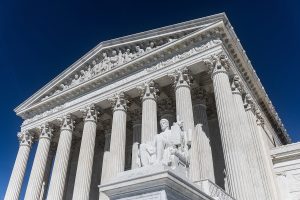
The FDA has argued the drug poses statistically little risk to the mother in the early weeks of pregnancy. Data from the Centers for Disease Control and Prevention shows that more than half of the abortions performed in the U.S. are chemical or medical, rather than surgical.
During oral argument, justices from across the court’s ideological spectrum appeared skeptical that the coalition of pro-life doctors challenging the reduced regulations had legal standing to bring the lawsuit, with the question of standing becoming more of a focus than whether the FDA acted lawfully.
Justice Amy Coney Barrett noted the doctors who submitted declarations in the case — Drs. Christina Francis and Ingrid Skop — appeared neither to have participated in such an abortion nor could they demonstrate injury from the FDA. The doctors instead had argued in filings they could potentially treat a woman facing complications from the drug.
“The fact that she (the doctor) performed a D&C does not necessarily mean that there was a living embryo or fetus, because you can have a D&C after a miscarriage,” Barrett said, referring to a procedure called dilation and curettage, which is sometimes performed as abortion but is also sometimes used to treat a miscarriage.
Solicitor General Elizabeth B. Prelogar argued that existing federal conscience protections, allowing medical providers to opt out of providing procedures to which they object, protect the doctors in question.
First approved by the FDA in 2000, mifepristone blocks the hormone progesterone, which maintains proper conditions in the uterus during pregnancy. The drug is paired with misoprostol (initially created to treat gastric ulcers) as part of a chemical regimen for early abortion.
More recently, the same pill combination also has been prescribed to women who experience early pregnancy miscarriage in order to expel any fetal remains and residual pregnancy tissue from the womb. The American College of Obstetricians and Gynecologists updated its protocols to recommend a combination of mifepristone and misoprostol as more effective than misoprostol alone for early miscarriage care based on research published since 2018.
In June 2022, the Supreme Court issued its Dobbs v. Jackson Women’s Health Organization decision, which overturned Roe v. Wade and its related precedents that made abortion access a constitutional right. The Dobbs decision returned the matter of regulating or restricting abortion back to the legislature.
Pro-life critics of mifepristone argued that the FDA acted improperly in loosening the regulations surrounding its access, while supporters of the drug claimed it is safe for women and was being targeted for political purposes. Protesters on both sides of the debate gathered outside the Supreme Court during arguments.
Erin Hawley, senior counsel at Alliance Defending Freedom and vice president of the ADF Center for Life and Regulatory Practice, who argued on behalf of the pro-life doctors before the court, said in a statement, “We should all agree that women deserve the ongoing, in-person care of a doctor when taking high-risk drugs.”
“But in 2016 and 2021, the FDA recklessly removed nearly every safeguard that it had originally deemed necessary for the use of chemical abortion drugs, including in-person doctor visits to check for ectopic pregnancies, severe bleeding, and life-threatening infections,” said Hawley, who also is the wife of Sen. Josh Hawley, R-Mo. “Without question, the FDA’s actions have made taking chemical abortion drugs less safe for women. Today, I argued before the Supreme Court on behalf of doctors and medical associations who are witnessing firsthand the harm to women caused by the FDA’s recklessness.”
Jeanne Mancini, president of the national March for Life organization, said in a statement, “The FDA’s removal of nearly all safeguards around the dangerous abortion drug mifepristone has needlessly put women and girls at risk for suffering severe – even life-threatening – complications without the ongoing care of a medical provider.”
“We hope the FDA will be held accountable for failing to meet its own standards when it comes to abortion drugs,” she said. “Such reckless disregard for women’s health and safety is unacceptable from an agency tasked with protecting it.”
In a post on X, formerly known as Twitter, the Center for Reproductive Rights wrote, “The FDA’s medical and scientific experts should decide what medications are available, NOT politicians or judges.”
Alexis McGill Johnson, president and CEO of both Planned Parenthood Action Fund and the Planned Parenthood Federation of America, wrote on X, “Today, yet again, SCOTUS will hear a case determining our ability to control our bodies and lives. We know (and the Court knows) that the American people do not want abortion to be banned. It’s about control. It always has been.”
But Bishop Michael F. Burbidge of Arlington, Virginia, said in a statement, “Abortion is not health care, and no child should experience such violence.”
Bishop Burbidge, chair of the U.S. Conference of Catholic Bishops’ Committee on Pro-Life Activities, added, “With dangerous abortion drugs now making up the majority of abortions and increasing in use, we pray that the Supreme Court will restore the Food and Drug Administration’s safeguards for the health of women and protect more preborn children.”
The bishop also added that “a vulnerable mother who obtains an abortion must not be left alone without medical care afterwards.” He asked Catholics to join in prayer until the court issues its decision and “search for ways in your community to help support mothers in need and make abortion unthinkable.”
The USCCB submitted an amicus brief in the case in February.
A ruling in the case is expected by the end of the court’s term, which typically ends in June and would be in the midst of the 2024 presidential campaign.

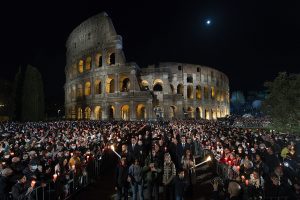
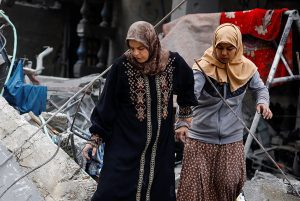
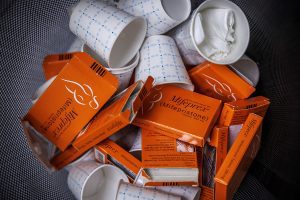
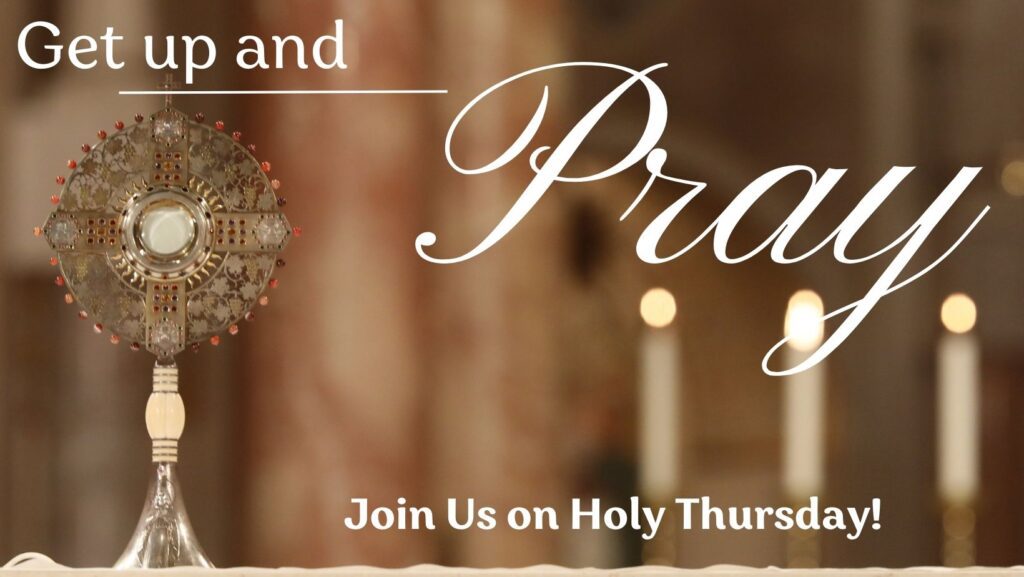 “Why are you sleeping?” he asked them.
“Why are you sleeping?” he asked them.